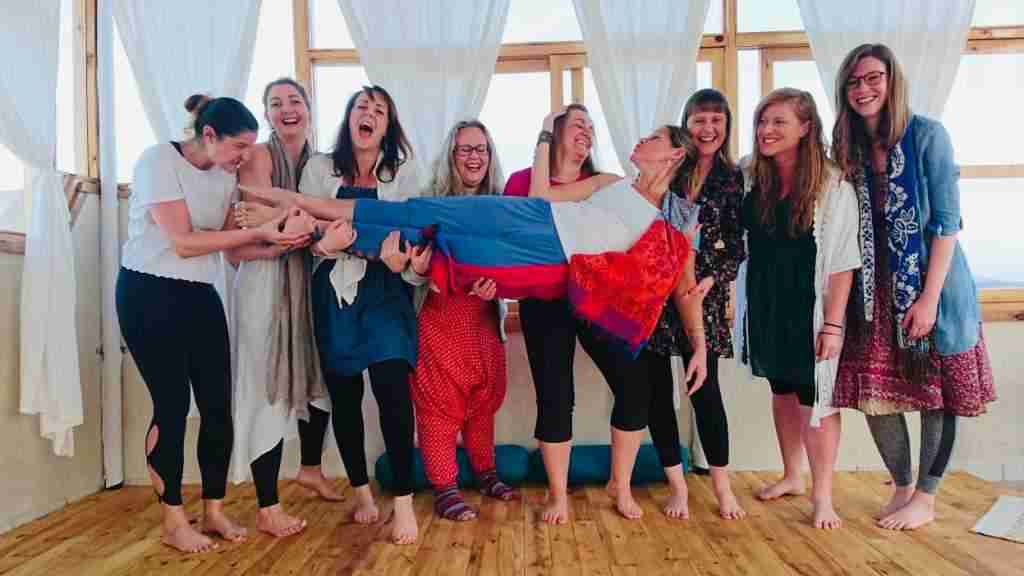Leadership retreats aren’t just getaways — they’re intentional pauses that help leadership teams reconnect with purpose, strengthen relationships, and create clarity around where the organization is headed. In a world defined by constant change, remote collaboration, and packed calendars, stepping away from the day-to-day isn’t indulgent. It’s necessary.
After working with hundreds of executive leadership groups, small teams, and nonprofit organizations around the world, we’ve seen how the right retreat can transform alignment, communication, and decision-making in ways that in-person office meetings never could.
This guide breaks down what leadership retreats are, why they matter, and how to build one that leaves people energized, connected, and equipped with the leadership skills the organization truly needs.
What Is a Leadership Retreat?
A leadership retreat is an intentional in-person offsite designed for executives, directors, managers, and high-potential team members. These gatherings are typically small group experiences — often 8 to 25 people — centered on strategic planning, leadership development, and the deep conversations that are hard to fit into regular schedules.
Unlike general corporate retreats, leadership retreats go beyond team-building activities or social bonding. They focus on:
- Leadership training and skill-building
- Executive alignment
- Problem-solving and creative thinking
- Emotional intelligence development
- Group discussions around culture, goals, and leadership styles
- Personal growth, self-awareness, and sense of purpose
They take place at a retreat center, lodge, boutique hotel, wellness resort, or nature-forward property — ideally somewhere with fresh air, quiet, and room to think clearly.
Why Leadership Retreats Matter Right Now

Leadership retreats work because they give leaders something they rarely have: protected time. Time to think. Time to connect. Time to challenge assumptions and see new perspectives.
Here’s why they’ve become essential:
1. Clarity and Alignment
Your leadership team needs shared priorities and consistent messaging. Retreats create space for strategic planning, OKR alignment, and honest conversations about what really matters.
2. Better Decision-Making
When the right people are in one room, decisions become easier. Retreats help leaders practice stronger critical thinking and structured problem-solving — without interruptions.
3. Stronger Leadership Skills
Workshops, mentoring circles, and facilitated discussions help leaders develop emotional intelligence, communication skills, coaching abilities, and the confidence to lead through uncertainty.
4. Real Connection and Camaraderie
In-person connection builds trust faster than any Zoom call. Meals, shared experiences, and wellness activities create bonds that strengthen teamwork back at the office.
5. Higher Employee Engagement
Gallup has consistently found that employees are more engaged when they trust their leaders. Leadership retreats directly influence how leaders show up for their teams.
6. Better Well-Being
Even leaders need rest. Retreats give them space to recharge, reflect, and reconnect with their own sense of purpose.
The Core Goals of Leadership Retreats
Every organization’s needs are different, but most leadership retreats focus on these core outcomes:
Strategic Goals
- Clarifying long-term direction
- Updating priority lists
- Aligning around business challenges
- Evaluating leadership styles and team structure
Leadership Development Goals
- Strengthening emotional intelligence
- Building coaching and mentoring skills
- Improving public speaking and communication
- Understanding group dynamics and teamwork
Team & Culture Goals
- Restoring trust
- Deepening cohesion
- Reducing silos
- Rebuilding culture after rapid change
Personal Growth Goals
- Developing self-awareness
- Reconnecting with values
- Exploring stress management and resilience
- Creating space for reflection
Operational Goals
- Solving a specific problem
- Planning for the year ahead
- Making long-delayed decisions
- Redesigning processes
Types of Leadership Retreats (With Real Examples)
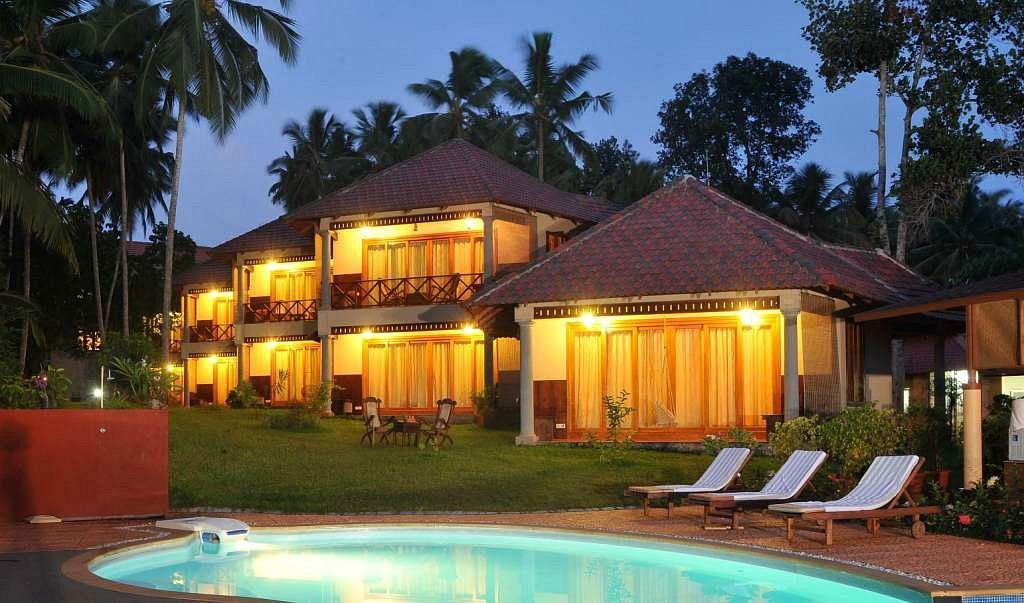
1. Executive Leadership Alignment Retreats
These retreats bring senior leaders together to create alignment that can’t be built in day-to-day work.
Example:
Certn gathered its senior leadership team in Sydney after a major acquisition. A mix of strategy sessions, a bridge climb, and a beach BBQ at Bondi created space for deeper dialogue and renewed momentum.
Outcome: Stronger alignment, clearer shared goals, and faster decision-making.
2. Leadership Development Retreats
These retreats focus on leadership skills: communication, emotional intelligence, conflict resolution, delegation, and coaching.
They often include:
- Skill-building workshops
- Leadership style assessments
- Facilitators who guide group learning
- Wellness practices to support reflection
3. Innovation or Creative Thinking Retreats
Perfect for companies navigating new markets or solving tough challenges.
Activities often include:
- Brainstorming and ideation labs
- Structured problem-solving
- Group discussions guided by facilitators
- Creative exercises that encourage new perspectives
4. Non-Profit Leadership Retreats
Non-profit leaders often deal with burnout, resource constraints, and mission-driven pressure. Retreats give them permission to pause, reconnect emotionally to their work, and strengthen collaboration with their leadership team.
5. One-Day Leadership Retreats
Shorter retreats work well for local teams or when time is limited. They can still offer powerful outcomes with clear structure and purposeful facilitation.
What Actually Happens at a Leadership Retreat?

Leadership retreats blend structure with spaciousness — focus with rest.
A typical day might include:
- Morning strategic planning
- Breakout sessions for team members
- Small group discussions
- Skill-building workshops
- Leadership development work
- Outdoor or wellness activities
- Evening reflection circles
- Unstructured time for fresh air and connection
Leadership is deeply human. The best retreats honor that.
Powerful Activities to Include
To create meaningful growth, leadership retreats often incorporate:
1. Professional Development Workshops
Skill-building around:
- Emotional intelligence
- Decision-making frameworks
- Leadership styles
- Critical thinking
- Communication

2. Team-Building Activities
Think beyond icebreakers:
- Cooking classes
- Adventure experiences
- Storytelling prompts
- Hiking or movement-based activities
These create genuine camaraderie — not forced fun.
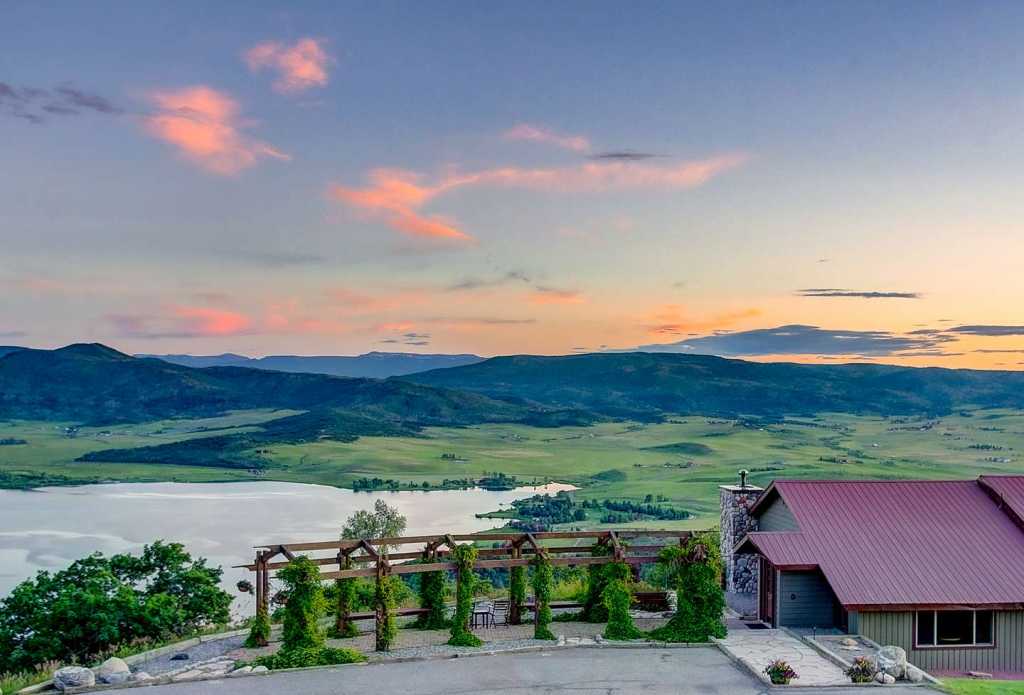
3. Wellness Activities
Because clear thinking requires rest:
- Yoga
- Meditation
- Spa time
- Nature walks
- Breathwork
- Journaling for self-awareness
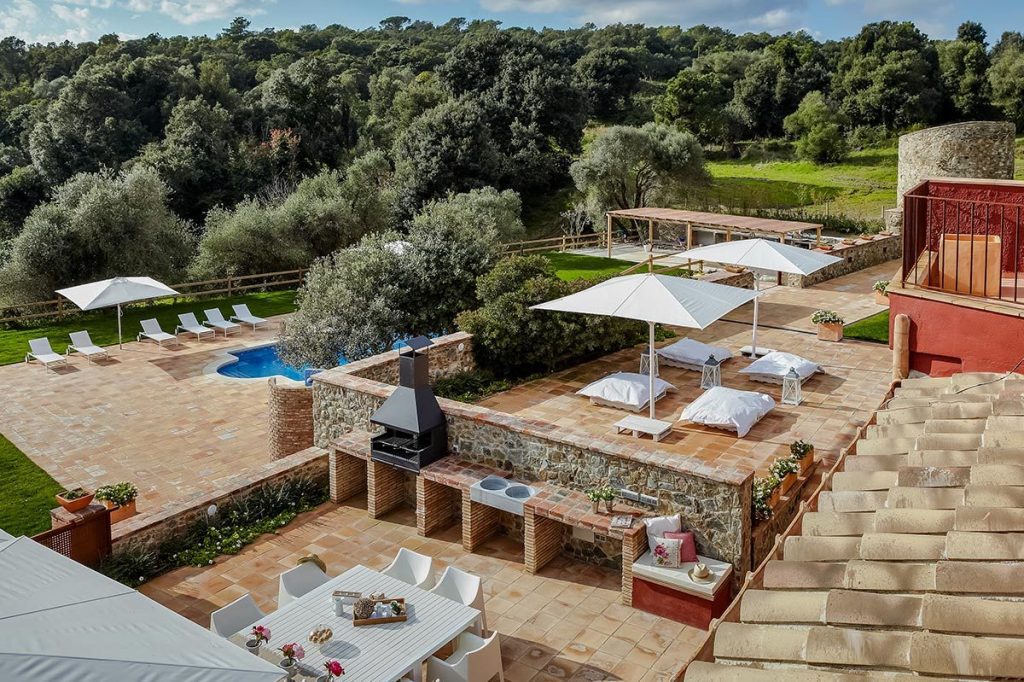
4. Mentoring Circles
Peer mentoring helps leaders:
- Share challenges
- Offer honest feedback
- Build trust
- Strengthen relationships
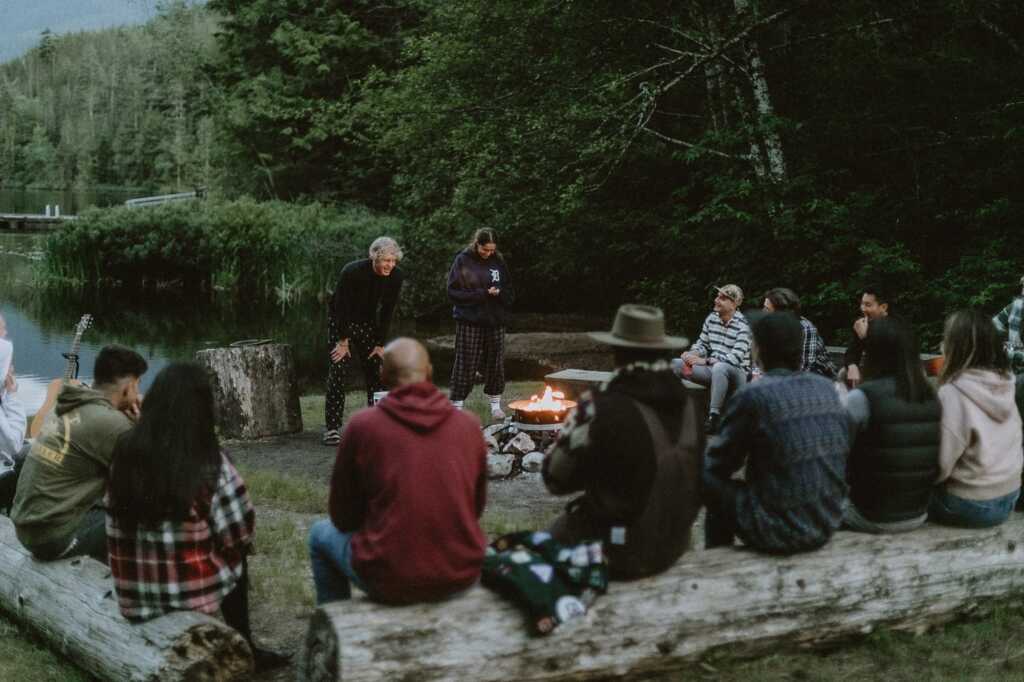
Choosing the Right Retreat Location
Great leadership retreats don’t happen in forgettable spaces.
Look for:
- Inspiring scenery
- Fresh air
- Comfortable communal areas
- Private meeting rooms
- Onsite wellness options
- Restaurant-quality meals
- Easy accessibility for travelers
- Quiet spaces for reflection
A good retreat center isn’t just a venue — it’s part of the experience.
Budget: What Leadership Retreats Really Cost
Your retreat budget should vary widely in price depending on:
- Location
- Group size
- Level of accommodations
- Type of activities
- Duration
A typical range is:
$1,200–$6,000 per person, per day
Cost-conscious options include:
- Local one-day gatherings
- Regional nature venues
- Off-season scheduling
- Smaller, high-quality retreat centers
How to Structure a Leadership Retreat That Works
After planning hundreds of retreats, here’s the structure that consistently delivers impact:
Before the Retreat
- Set goals
- Collect input
- Share pre-reading
- Align on expectations
During the Retreat
- Morning focus
- Afternoon strategy or skill-building
- Evening connection + reflection
After the Retreat
- 30-day and 90-day check-ins
- Clear owners and next steps
- Continued mentoring or coaching
- Accountability structures
Most retreats fail not in the experience, but in the follow-through.
How to Measure Success
Leadership retreats are successful when leaders leave with:
- Clear direction
- Greater trust
- Renewed purpose
- Improved communication
- Faster decision-making
- Stronger teamwork
- Higher engagement
- A shared sense of momentum
You should be able to look back 60–90 days later and clearly see the impact.
Common Mistakes to Avoid
- Overloading the agenda
- Not using facilitators
- Picking the wrong retreat center
- Forgetting about accessibility
- Skipping wellness
- Not planning follow-up
- Holding important conversations too late in the day
Final Thoughts
A leadership retreat is more than a getaway — it’s a catalyst for transformation. When designed with intention, retreats help leaders reconnect as humans, align as a leadership team, and strengthen the leadership development skills that guide the entire organization.
With the right mix of strategy, connection, professional development, and well-being, a leadership retreat becomes the moment where leaders return home with clarity, energy, and a renewed sense of purpose.
FAQs
1. How much does a leadership retreat cost?
A leadership retreat typically costs $1,200–$6,000 per person depending on destination, group size, facilitator fees, accommodation quality, and program depth.
From our experience sourcing 400+ executive and leadership offsites, most organizations fall into three tiers:
Budget ($1,200–$2,000 pp):
- 2–3 nights
- Regional locations
- Basic meeting spaces
- Light facilitation
Standard ($2,500–$4,000 pp):
- 3–4 nights
- High-quality lodging
- Dedicated facilitator or leadership coach
- Purpose-built meeting rooms
- Catering, transportation, and unique activities
Premium ($4,000–$6,000+ pp):
- International destinations
- Five-star venues and wellness components
- Executive coaches
- Advanced assessments (DISC, Enneagram, Hogan)
- Private excursions
Many expenses—including lodging, meals, facilitation, and travel—may be tax deductible when tied to legitimate business activities. (Organizations should always verify this with a CPA.)
2. Are leadership retreats worth it?
Yes—when well-designed, leadership retreats offer measurable ROI. In our data from past clients:
- Leadership teams report improved alignment within 30 days
- Cross-functional conflicts decrease
- Retention rises—particularly among directors and VPs
- Productivity improves due to clarified priorities
External statistics back this up: Gallup and McKinsey research consistently show that teams with strong leadership cohesion outperform fragmented teams on revenue growth, collaboration, and decision velocity.
Leadership retreats are especially valuable before strategic planning cycles, major reorganizations, or scaling phases.
3. What happens at a leadership retreat
A leadership retreat blends strategic planning, guided reflection, team dynamics, and facilitated workshops. A typical agenda includes:
- Strategic priority mapping
- Culture alignment and communication frameworks
- Leadership style exploration
- Conflict-resolution sessions
- Group problem-solving
- Outdoor or experiential challenges
- Wellness or mindfulness moments
Many organizations now pair in-person retreats with virtual retreats throughout the year to maintain accountability and momentum.
4. What are ideas for leadership retreats?
Popular ideas include:
- Vision & strategy intensives (annual or mid-year)
- Leadership storytelling workshops
- Innovation sprints and “future state” planning
- Wellness and emotional intelligence programming
- Offsite adventure elements—hiking, kayaking, equine therapy
- Peer coaching circles
- Culture refresh workshops
These are often organized around curated retreat themes such as resilience, communication, cross-functional trust, creativity, or authentic leadership.
5. How do you structure a leadership retreat?
A strong structure includes:
1. Pre-work
- 360 surveys
- Leadership assessments
- Interviews with the CEO or department leads
2. Day-by-day arc
- Day 1: Connection, context, and alignment
- Day 2: Deep work—facilitated sessions, visioning, conflict mapping
- Day 3: Integration—action planning, ownership, commitments
3. Facilitators
A certified leadership coach or organizational psychologist often leads sessions to maintain neutrality and rigor.
4. Post-retreat
- Action plans
- Quarterly check-ins
- Coaching or follow-up sessions
6. How about infusing a sense of purpose and social responsibility into your retreat?
Purpose-driven retreats perform exceptionally well because they tap into the deeper motivations of modern leadership teams.
Ideas include:
- Community service projects (e.g., local school support, environmental cleanups)
- DEI workshops focused on impact
- Ethical decision-making labs
- Sustainability tours with local experts
- Partnerships with mission-led enterprises
Adding a social responsibility layer broadens the meaning of the retreat and strengthens shared identity—especially during times of organizational change.
7. What is the difference between coaching and mentoring?
Coaching is structured, goal-specific, and typically facilitated by an external expert who uses frameworks, assessments, and accountability systems. It focuses on performance improvement, behavioral change, and strategic clarity.
Mentoring is long-term, relationship-based guidance from a more experienced professional. It focuses on personal growth, career development, and contextual advice.
Most leadership retreats use coaching as the primary method because it delivers faster, more consistent organizational outcomes.
8. What activities are typically included in a leadership retreat?
Activities vary based on organization size, the facilitator’s method, and the types of retreats being hosted, but common inclusions are:
- Strategic planning workshops
- Group coaching sessions
- Communication and conflict exercises
- Outdoor adventure elements
- Problem-solving challenges
- Creativity workshops
- Wellness and mindfulness sessions
- Executive dinner with curated gifts for participants
- Evening fireside reflections
Well-chosen activities elevate the experience from a “meeting in a different location” to a transformative leadership accelerator.
9. What are the key benefits of attending a leadership retreat?
Key benefits reported by our clients include:
- Clarity of mission, roles, and decision-making
- Improved communication and trust
- Stronger cross-functional alignment
- Better conflict resolution
- Renewed sense of purpose
- Increased engagement + reduced burnout
- Fresh strategic insights from external facilitators
- Better leadership presence and emotional intelligence
Retreats ultimately help organizations operate with more focus, more empathy, and more cohesion.
